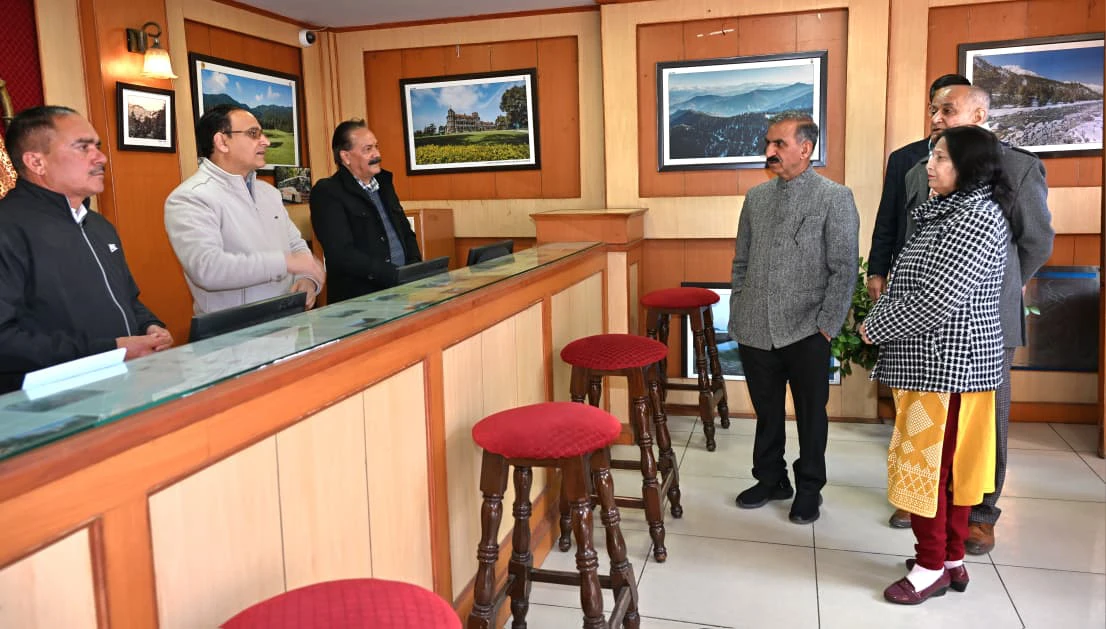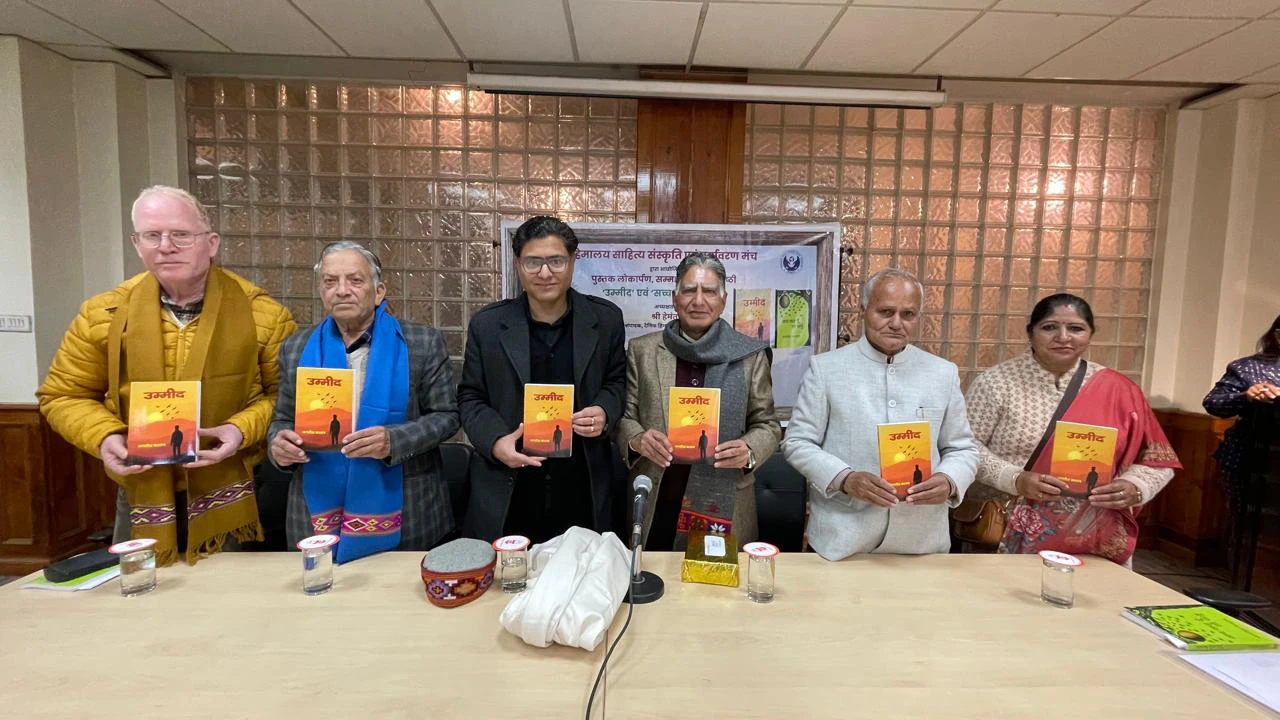Captivating Adaptation of Manto’s ‘Shaheed – Saaz’ Shines with Minimal Props and Maximum Brilliance
2 min read
Shimla, Oct 22 Ritanjali Hastir
The theatrical adaptation of Saadat Hasan Manto’s story, “Shaheed – Saaz,” offers a sharp satirical examination of the post-partition era, where people grappled with the ideals of sacrifice and martyrdom while struggling to adapt to a new national identity. In the aftermath of the massive loss of life and property, poor migrants found themselves dependent on charity. Paradoxically, a handful of shrewd businessmen exploited this situation, disguising their profiteering as supreme sacrifice and martyrdom.
The story is set in 1948, following the journey of a Punjabi migrant from Kathiawad, Gujarat, India, to Lahore, Pakistan. Belonging to the “Baniyas” class, this man had a successful business involving cocaine in Kathiawad, Gujarat. His travels to Pakistan were motivated by his ambition to establish a lucrative enterprise in his newly adopted homeland. While striving to expand his wealth and empire, he is suddenly gripped by a misplaced sense of guilt for not having engaged in any charitable work since his arrival in Pakistan.
Determined to find a meaningful act of charity that would secure his place in heaven, he embarks on a quest throughout the city. Along the way, he interacts with individuals from diverse backgrounds and social strata, each with their own unique experiences. The play sheds light on his encounters and the profound impact they have on his quest for benevolence.

Director Narendra Sachar showed remarkable brilliance in the staging of the show, with minimal props yet creating an ambiance that captivated the audience. In the 45-minute drama, there was not even a single moment when Sanjeev Mehta, playing Manto, failed to have an expression on his face as Narendra played his part. His transition from Manto to a commoner was remarkable. Even though the play had most dialogue from Sachar’s end, the stage presence of both artists was felt, which kept people glued to their seats till the end and left the audience wanting more such performances.
However, initially, the voiceover for the publisher or even in the later part of the play was faint and hence failed to reach the audience’s ears without much strain. The director managed to play well with the lights, yet in one scene, a short solo dialogue with Sachar in the spotlight was being said on the stage while there was another spotlight on Manto’s vacant writing desk—that seemed a bit odd as there was no action to relate to that object for a brief moment.
The production was brilliant and showed that quality production is not always about quantity, as may be in the case of actors or properties. An actor himself is property and can create magic on his own with external aid.






